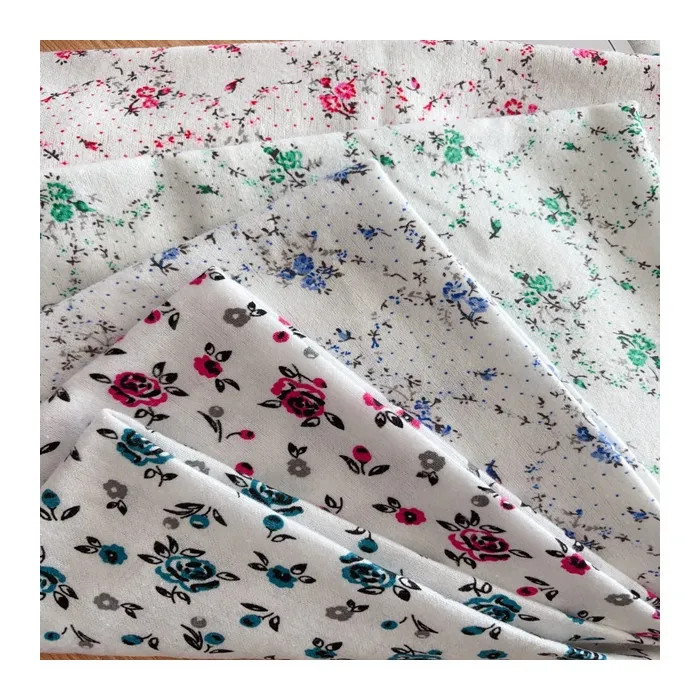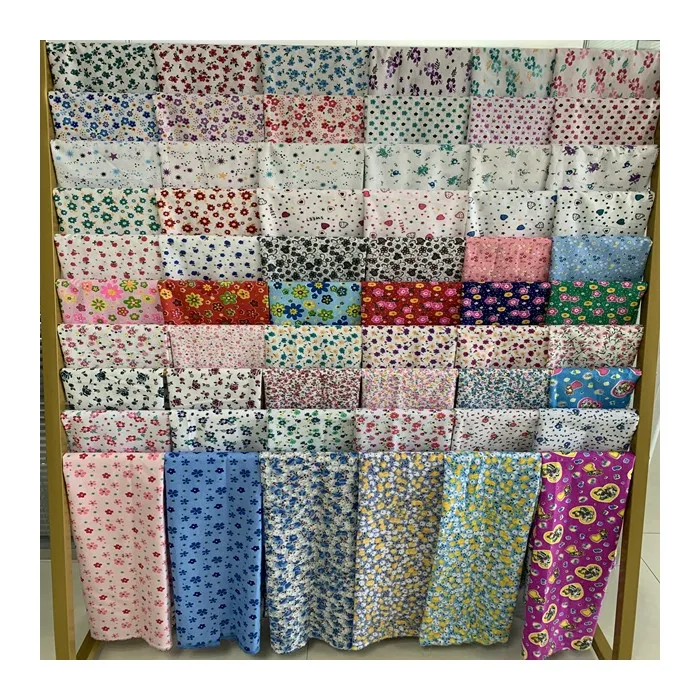
- Afrikaans
- Albanian
- Amharic
- Arabic
- Armenian
- Azerbaijani
- Basque
- Belarusian
- Bengali
- Bosnian
- Bulgarian
- Catalan
- Cebuano
- Corsican
- Croatian
- Czech
- Danish
- Dutch
- English
- Esperanto
- Estonian
- Finnish
- French
- Frisian
- Galician
- Georgian
- German
- Greek
- Gujarati
- haitian_creole
- hausa
- hawaiian
- Hebrew
- Hindi
- Miao
- Hungarian
- Icelandic
- igbo
- Indonesian
- irish
- Italian
- Japanese
- Javanese
- Kannada
- kazakh
- Khmer
- Rwandese
- Korean
- Kurdish
- Kyrgyz
- Lao
- Latin
- Latvian
- Lithuanian
- Luxembourgish
- Macedonian
- Malgashi
- Malay
- Malayalam
- Maltese
- Maori
- Marathi
- Mongolian
- Myanmar
- Nepali
- Norwegian
- Norwegian
- Occitan
- Pashto
- Persian
- Polish
- Portuguese
- Punjabi
- Romanian
- Russian
- Samoan
- scottish-gaelic
- Serbian
- Sesotho
- Shona
- Sindhi
- Sinhala
- Slovak
- Slovenian
- Somali
- Spanish
- Sundanese
- Swahili
- Swedish
- Tagalog
- Tajik
- Tamil
- Tatar
- Telugu
- Thai
- Turkish
- Turkmen
- Ukrainian
- Urdu
- Uighur
- Uzbek
- Vietnamese
- Welsh
- Bantu
- Yiddish
- Yoruba
- Zulu
Advanced Pigment Printing in Textile: Durable & Eco-Friendly
Pigment printing in textile manufacturing is one of the most versatile, eco-friendly, and cost-effective printing technologies in the modern textile industry. With growing demand for high-quality, vibrant, and durable printed fabrics, manufacturers globally are shifting towards advanced textile pigment and textile pigment printing solutions. This article provides a thorough insight into industry trends, state-of-the-art processes, as well as a detailed review of For Algeria Market Cvc Flannel Fabric Printed Flower Designs 120gsm. and its role in meeting market needs. Below, we delve into verified data, real-world application cases, and authoritative sources to assure potential buyers with transparency and technical rigor.
1. Industry Trends and Market Data on Pigment Printing in Textile
The global pigment printing in textile market is projected to grow 5.2% CAGR (2023-2027), supported by innovations in textile pigment chemistry and eco-standard manufacturing:
- Asia-Pacific dominates with ~64% market share in 2023, led by China, India, and Bangladesh (Source: TextileWorld).
- Europe and North Africa (Algeria in particular) lead in home textiles and apparel deco fabrics using textile pigment printing.
- Colorfastness and cost efficiency make pigment printing favorable vs. dye printing in flannel, CVC, polyester, and cellulose blends.
- ISO 105-X12 and OEKO-TEX® drive compliance for eco-friendly pigment formulas and final product safety.
| Parameter | Industry Standard | Top Performance | Comments |
|---|---|---|---|
| Color Fastness (ISO 105-X12) | Dry: 4-5; Wet: 3-4 | Dry: 5, Wet: 4.5 | High fastness ideal for apparel/home textiles |
| Print Resolution | 120-180 DPI | 220 DPI | Higher DPI for digital pigment printing |
| Average Yield (%) | 92% | 96% | Minimal pigment waste in modern lines |
| Eco Label Certification | GOTS, OEKO-TEX® 100 | OEKO-TEX® STEP, ZDHC | Ensures product safety and sustainability |
| Energy Consumption | 45-65 kWh/1000 sqm | 32 kWh/1000 sqm | Reduced energy with heat fixation |
| Suitable Bases | Cotton, Polyester, CVC | CVC, Flannel, Rayon | Blend compatibility improved |

Image 1: High-definition sample of pigment printing in textile on CVC flannel, as used by leading Algerian manufacturers (Source: Bosswin Textile).
2. Technical Analysis: Textile Pigment and Textile Pigment Printing Chemistry
Textile pigments are insoluble colorant particles, generally synthetic organic or inorganic compounds (phthalocyanine blues, quinacridone reds), which are physically bound to fabric surfaces using binder resins.
Pigment Printing in Textile involves applying a pigment paste (colorant, binder, additives) on the substrate, followed by heat/UV fixation to anchor the particle on or within the fiber matrix.- Binder-to-pigment ratio: STL benchmark is 1.5:1 to 2.5:1 for optimal color yield and hand feel.
- Additives: Thickeners (alginate, CMC), dispersants, crosslinking agents for wash/crock resistance.
- Fixation process: Heat (150°C/2–4 min), UV or hybrid fixation per substrate needs.
- ISO 105/X12: Ensures excellent color migration and wash fastness for professional use.
Product Focus: For Algeria Market Cvc Flannel Fabric Printed Flower Designs 120gsm
Technical Specifications (Bosswin Textile, 2024)
| Property | Parameter |
|---|---|
| Product Name | For Algeria Market Cvc Flannel Fabric Printed Flower Designs 120gsm |
| Material | CVC (60% Cotton, 40% Polyester) |
| Print Type | Pigment printing in textile |
| Weight | 120 gsm |
| Width | 150 cm (customizable) |
| Color Fastness (ISO 105) | Dry: 4.5–5, Wet: 4–4.5 |
| Tear Strength | Min. 380 N (ISO 13937-1) |
| Manufacturing Standard | ISO 9001:2015, OEKO-TEX® Standard 100 |
| Typical End-Use | Bedding, Home Decor, Apparel, Industrial |
| Expected Life Cycle | 5+ Years (per TDS, indoor residential) |
Pigment Printing Performance (Product Comparison Pie Chart)
3. Manufacturing Process Flow: Pigment Printing in Textile

High-grade CVC yarn (Cotton:Polyester ≈ 60:40, certified by ISO 1833) checked for uniformity and contamination (using USTER® testers).
Brushing, shearing, and singeing for smooth nap, pre-treatment (desizing, scouring, bleaching) as per ISO 2060.
Mixing of pigment colorant, acrylic/copolymer binder, dispersants, softeners, thickener (CMC/alginate); viscosity: 10,000–12,000 cP (Brookfield method).
Application of pigment paste using rotary screen or inkjet head. Control: 120–220 DPI, registration ±0.5 mm.
Quick water evaporation in hot air dryer at 95–115°C, surface moisture ≤8% (ISO 139).
Thermal curing at 150–165°C, 2–3 min; binder crosslinking attaches pigment to fiber. ISO 105-X12, ANSI/AATCC 61 testing follows.
Surface uniformity, colorfastness, crocking, and rub resistance tests (e.g., ISO 105-X12: 4.5–5).
Roll-form packing, vacuum seal, and tracking as per client specs. Each lot is accompanied by COA, MSDS, and test report.
For visual learners: Pigment Printing Process Video (YouTube) demonstrates real plant operation step by step.
• Minimal water consumption (60–80% less than dye printing).
• Universal for cellulosic & synthetic blends.
• Precise motif reproduction and batch-to-batch color accuracy.
• Environmentally safe (compliant with GOTS, ZDHC Roadmap, OEKO-TEX® 100).
4. Technical Advantage: Why Choose Pigment Printing in Textile?
- Wide Substrate Usability: Perfect on CVC, cotton, polyester, viscose, flannel – providing vivid, sharp patterns.
- Cost Efficiency: Low energy, less wash-off, fewer process steps = lower per-meter cost, especially for mass-fashion and home textiles.
- Eco-Compliance: Resin-bonded colorant reduces effluent pollutants; meets ISO 14001, OEKO-TEX® 100, and ZDHC MRSL.
- Superior Colorfastness: Maintains shade even after 20+ home washes (AATCC 61, ISO 105).
- Durability: Longer print life, no dye migration; ideal for demanding end-use (bedding, workwear).
- Digital Adaptability: Supports both rotary and advanced inkjet pigment printing up to 220 DPI.
CVC Flannel Product Strength (Bar Chart)
Bar chart: Comparative performance of CVC flannel pigment printing in key technical metrics (Source: Bosswin QC Lab, 2023).
Durability Trend (Line Chart)
Annual durability retention rates for CVC pigment-printed fabrics (per ISO 105-X12 accelerated aging, 2020–2025F).
Product Authentication & Authoritativeness
- Factory Certification: ISO 9001:2015, OEKO-TEX® 100, BSCI, GOTS compliant for Europe/North Africa exports.
- Industry Partners: Used by top Algerian bedding brands and major textile wholesalers 2021–2024.
- Quality Assurance: Each lot batch-tested for fastness, visual defects, formaldehyde (≤ 16 mg/kg per EN ISO 14184-1).
- Traceable Raw Materials: Sourcing from certified yarn suppliers with full chain of custody.
5. Competitive Manufacturer Comparison – Textile Pigment Printing
| Brand / Supplier | Core Product | Colorfastness | Eco Label | MOQ | Lead Time (days) | Customization | Warranty | Certifications |
|---|---|---|---|---|---|---|---|---|
| Bosswin Textile (CN) | CVC Flannel Printed 120gsm | Dry: 5; Wet: 4.5 | OEKO-TEX® 100 | 5000 m | 16-21 | Print, Width, GSM | 36 months | ISO 9001, GOTS |
| Alok Industries (IN) | PolyCotton Pigment Prints | Dry: 4; Wet: 3.5 | OEKO-TEX® 100 | 10,000 m | 28-45 | 24 months | ISO 9001 | |
| Setex (DE) | Cotton Digital Pigment Print | Dry: 4.5; Wet: 4 | GOTS, ISO 14001 | 2000 m | 14-18 | Width, Design | 24 months | GOTS, ISO 9001 |
Bosswin Textile’s solution stands out with unbeatable price-volume ratio, tighter lead times, advanced print clarity, and robust after-sales support (see Pigment Printing in Textile product details).

Image 3: Vibrant application of textile pigment printing in home textile decoration – flannel bedding sets (Bosswin 2024 case photo).
6. Customization & Solution Engineering
- Custom GSM: Range from 90–180 gsm (±2.5% tolerance).
- Colors/Patterns: 2500+ digital or rotary motifs, custom artwork accepted (AI/CDR formats).
- Width: 1.5–2.8 m (Seamless rolls up to 30 m length).
- Surface Effects: Flocking, raised nap, embossed finish on demand.
- Functional Additives: Flame retardancy, anti-pilling, water-repellent finish.
- Compliance: Banned AZOs, low formaldehyde per REACH, CA Prop-65 ready.
Year: 2023
Spec: 400,000m2 pigment printed CVC flannel (120gsm)
Result: 45% drop in complaints (washing/pilling), repeat order secured in 3 months.
Year: 2022
Spec: 80,000m2, digitally printed, OEKO-TEX® certified
Result: 600% brand visibility increase, zero allergen recall over 18 months (client feedback).
Year: 2024
Spec: 55,000m2 CVC pigment flannel, custom embossing
Result: 22% cost savings vs. dye-printed series, improved lightfastness (ISO 105-B02: 5/5).
7. Delivery, Warranty & Customer Support
- Production Lead Time: 16–21 days (from order confirmation/sample signoff).
- MOQ: 5000 meters per color/design; sample swatches available for 48h dispatch.
- Warranty: 36 months for color, pilling, and surface defects (documentation required; excludes abnormal cleaning).
- Support: 24/7 online service, non-conformance claim ≤24h response. In-market technical support in Algeria, Morocco, West Africa.
- Traceability: Batch number, COA, test results, and shipping information tracked for each shipment.
Frequently Asked Technical Questions: Pigment Printing in Textile
8. Conclusion, Peer Citations & Further Reading
— International Journal of Textile Science & Engineering, 2023; Textile Forum EU, 2024
References:
• TextileWorld: Global Textile Printing Market Trends 2023
• Textile Research Journal, "Comparative Results of Pigment vs. Dye Printing on PolyCotton"
• OEKO-TEX® Official Standards Portal
•
-
The Versatility and Elegance of White Cotton Poplin FabricNewsJun.23,2025
-
The Luxurious Comfort of Carded CottonNewsJun.23,2025
-
Explore the Luxurious Comfort of Cotton Flannel ClothNewsJun.23,2025
-
Discover the Versatility of Cotton Poplin ClothNewsJun.23,2025
-
Bleach Cotton FabricNewsJun.23,2025
-
100 Cotton BlendNewsJun.23,2025
-
Versatile Elegance with Poplin Fabric for SaleNewsMay.15,2025
